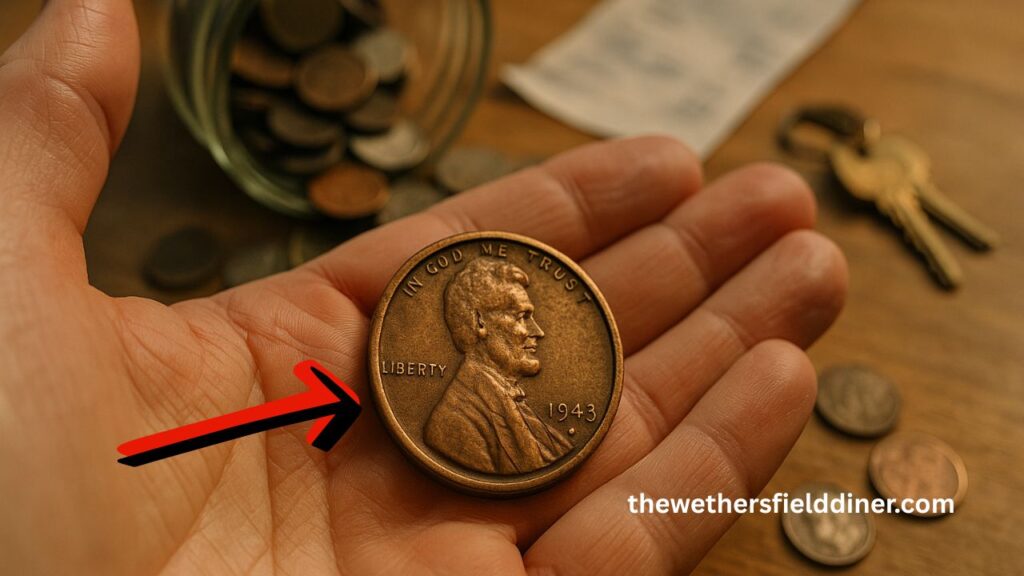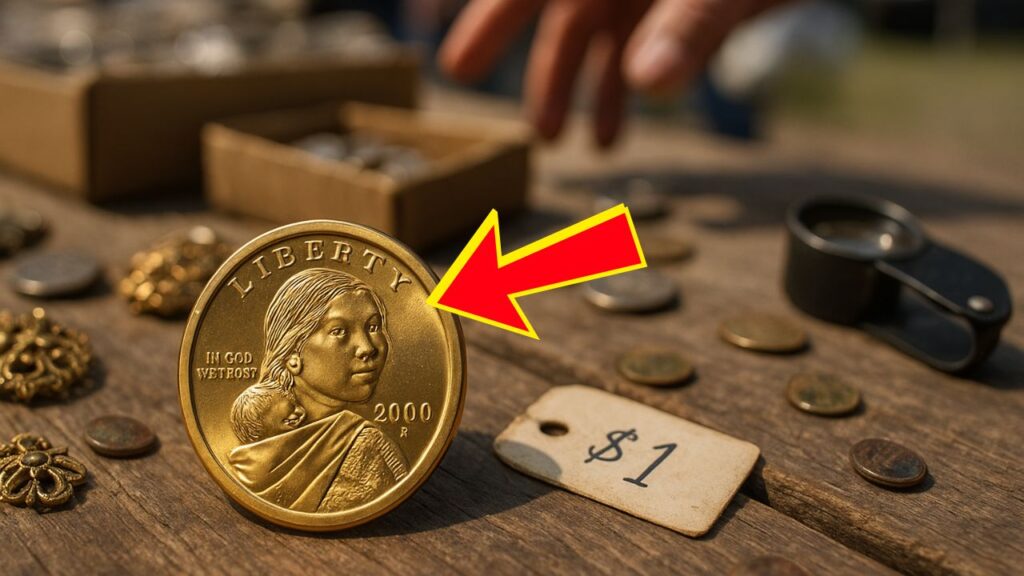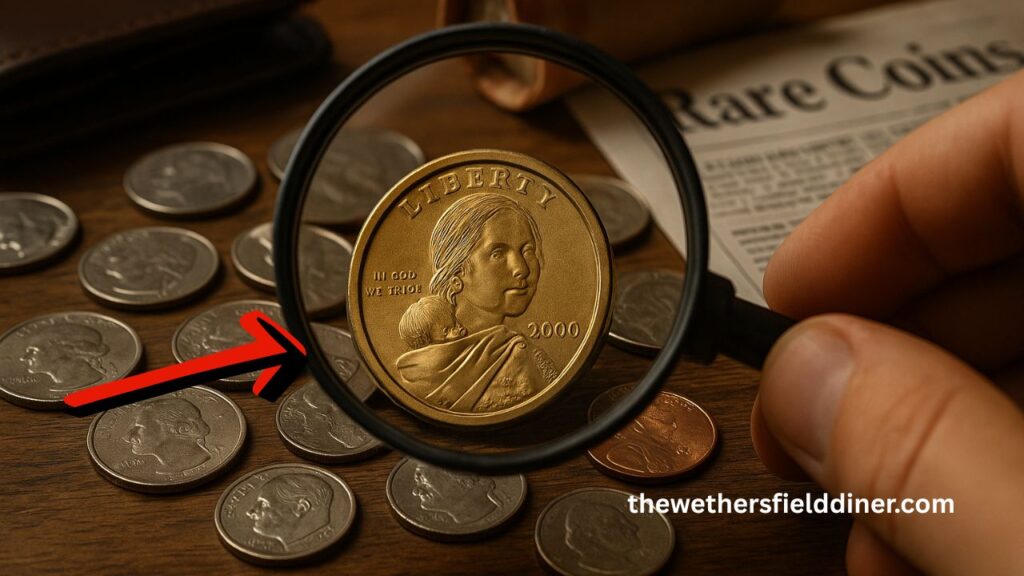Imagine digging through pocket change and uncovering a coin worth nearly a million dollars. That’s exactly what happened when a rare 1943 Lincoln Wheat Penny—a collector’s dream—was found in circulation.
This coin, long mistaken as common, turned out to be one of the most valuable mint errors in U.S. history, recently valued at $854,000 after authentication.
This find has reignited the excitement around wartime coinage, especially the elusive 1943 bronze wheat pennies. Let’s dive into why this coin is so rare and how you can spot one in your change.
Why Is the 1943 Lincoln Penny Special?
In 1943, the U.S. Mint shifted penny production from copper to zinc-coated steel to conserve copper for the war effort. Nearly all 1943 pennies were made of this silvery-colored steel.
However, a small number of bronze planchets (blanks)—leftover from 1942—were mistakenly used, resulting in the creation of the 1943 bronze Lincoln cent. These coins are so rare that fewer than 20 authenticated examples are known today.
Breakdown of the Coin’s Value
| Feature | Details |
|---|---|
| Coin Type | Lincoln Wheat Penny |
| Year Minted | 1943 |
| Composition | Bronze (Mint Error) |
| Estimated Known Examples | Less than 20 |
| Mint Mark | Varies – some from Philadelphia, Denver, or San Francisco |
| Recent Sale Value | $854,000 |
| Grading Status | PCGS MS-62 Brown (Mint State 62) |
| Where It Was Found | In regular pocket change |
The coin’s high value stems from its extreme rarity, historical importance, and strong collector demand. In 2025, one such coin sold for $854,000, setting new benchmarks for similar finds.
How to Identify a 1943 Bronze Penny
The key to identifying this rare penny lies in both its appearance and magnetism. Here’s what to look for:
- Color: A genuine bronze 1943 penny will have a reddish or brown tone, unlike the steel ones which look silver.
- Magnet Test: If the coin sticks to a magnet, it’s steel. If it doesn’t, and it’s from 1943, you might have something special.
- Weight: A bronze penny weighs about 3.11 grams, while steel pennies weigh closer to 2.7 grams.
- Mint Mark: These coins were produced at all three mints (Philadelphia, Denver “D”, and San Francisco “S”).
Always have a suspicious coin graded by PCGS or NGC to ensure authenticity.
Found in Pocket Change: A Shocking Reality
The fact that this penny was discovered in ordinary circulation has stunned collectors and experts alike. The finder, a casual hobbyist, noticed the reddish hue among silvery coins and conducted a simple magnet test, leading to its discovery. After professional grading, it was authenticated as a genuine 1943 bronze cent—a true numismatic jackpot.
This find is not unique. Over the years, other examples have surfaced from change jars, estate sales, and old collections, proving that modern treasure hunts can still happen today.
The story of the 1943 bronze Lincoln Wheat Penny worth $854,000 is a powerful reminder: not all treasure is buried. Sometimes, it’s hiding in plain sight—in a handful of coins, in an old piggy bank, or a forgotten drawer.
With fewer than 20 known examples, this is one of the most valuable pennies ever minted. Always double-check your change, especially older pennies from the 1940s. The next time you hold a 1943 penny, remember—it might just change your life.
FAQs
How can I confirm if my 1943 penny is bronze?
You can use the magnet test (it shouldn’t stick) and check the color. For accurate confirmation, send it to a grading service.
How many 1943 bronze pennies exist?
Fewer than 20 authenticated examples are known, making them one of the rarest coins in American history.
Can steel 1943 pennies be valuable too?
Yes, but they’re generally worth a few dollars unless in uncirculated or proof condition. The bronze version is the million-dollar rarity.


